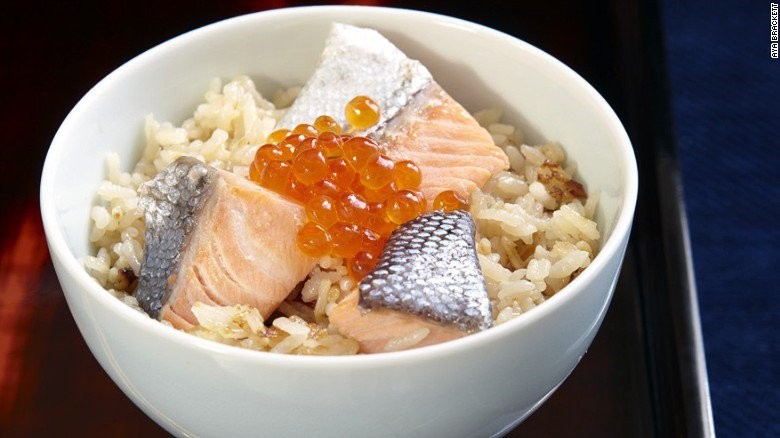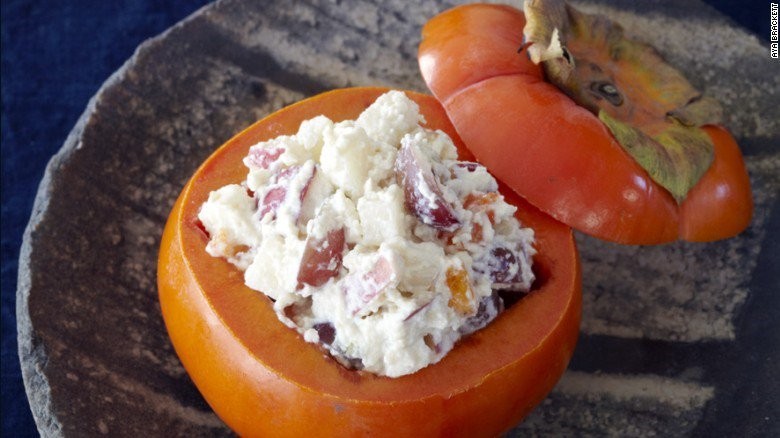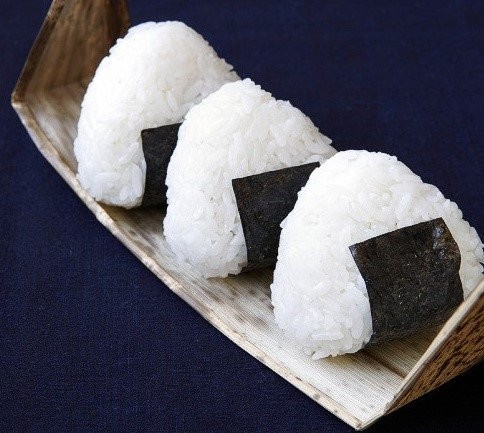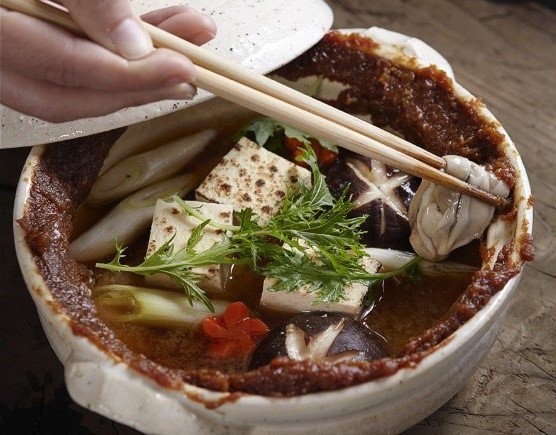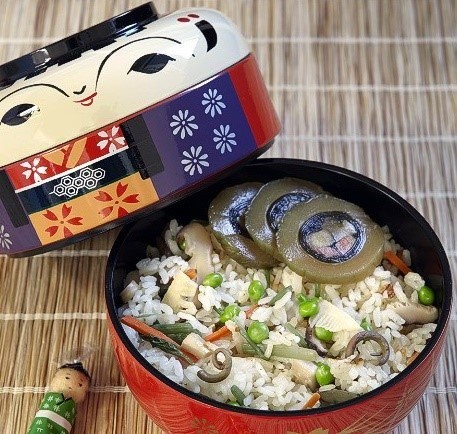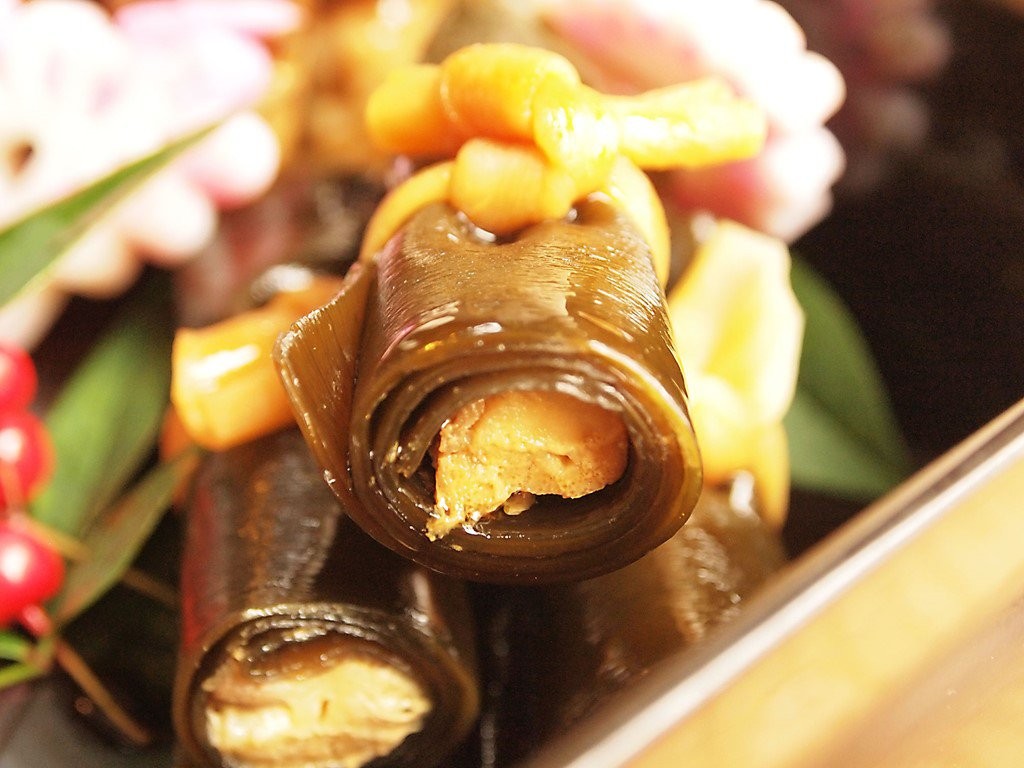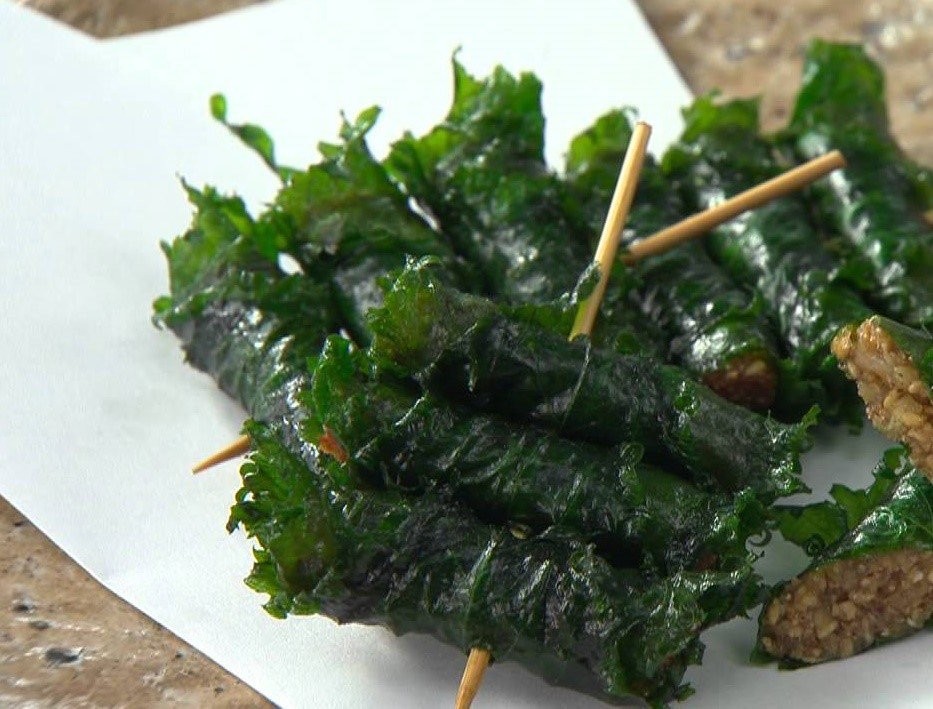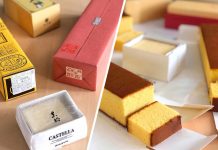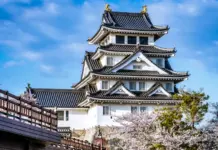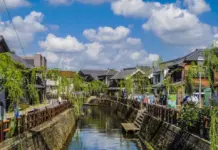When it comes to Japanese foods, we all sure can immediately make a list of the famous dishes: sushi, ramen, curry, gyoza, udon, etc, etc. But we then have to say here that there are much more to each region in Japan cuisine which haven’t been well-known yet. Tohoku, the northernmost region of Japan’s Honshu island, is particularly ripe for exploration of some unique foods here:
1. Harako meshi (Salmon rice topped with red caviar)
Salmon has always played a very important role in Tohoku cuisine and harako meshi – literally “salmon child rice” – is well-loved as the signature dish of the region.
This one is often featured at family gathering, and every household seems to have its own rendition. Bowls of rice are topped with some slices of salmon and a modest spoonful of salmon caviar.
2. Matsu no mi shira ae, kaki utsuwa (Persimmons stuffed with fall fruits in pine nut tofu sauce)
The carved-out shell is then used as an impressive little bowl in which the diced persimmon is served on its own or tossed with some kinds of fall fruits such as grapes, pears, crisp apples that have been doused with a classic sauce of pine nuts and tofu called shira ae.
3. Onigiri (Pressed rice)
Plain, white rice stuffed (like a sandwich) with a filling is the norm, but maze gohan (cooked rice that has been tossed with other cooked foods) is also used in making onigiri.
Cooked rice is shaped into triangles, though logs called tawara, or “rice sheath,” and balls are also common. Rice sandwiches are usually wrapped with strips of laver. Onigiri is easy to pack up, transport and eat, making them a substantial, satisfying finger food.
4. Hittsumi-jiru (Pinched noodle soup with pork)
Hittsumi-jiru, also a popular classic Tohoku comfort food, is a chunky chowder-like soup which is served at happy community events.
Parboiled pinched noodles added to the soup tend to be firm and a bit chewy, the soup is chowder-like, brimming with bits of vegetable and meat.
5. Kaki no dote nabe (Oysters-on-the-riverbank hot pot)
Dote (riverbank) nabe (hotpot) is so named for the rich earth-colored miso that’s smeared around the rim of the pot. As the broth bubbles, the miso is drawn into the pot, little by little, flavoring and thickening the soup.
Vegetables can simmer leisurely in the broth, waiting to be plucked out when each person is ready to enjoy them. However, the oysters are best dipped just briefly until just firmed a bit, then grazed along the rim to pick up extra miso.
6. Michinoku kokeshi bento (Fried tofu and mountain vegetable pilaf)
Fried tofu and mountain vegetables are first cooked to create a flavorful broth, which is then used to cook the rice. These kokeshi doll shaped boxes were once and still are now one of the most popular souvenirs for visitors to Tohoku – the region of famous hot spring resorts.
7. Shake no kobu maki (Salmon-stuffed kelp rolls)
Special dishes served during New Year holidays are collectively called osechi, arranged in a multi-tiered jubako box. And little pieces of shake no kobu maki (salmon-stuffed kelp rolls) – kelp is rolled into neat diploma-like scrolls and then tied with edible gourd ribbons – are included in that menu, as seen in the lower left corner of the box.
8. Shiso maki (Walnut-miso stuffed shiso leaves)
To make this unique dish, walnuts and miso are combined with toasted sesame to make an addictively tasty filling for shiso leaves. Then the leaves are wrapped, skewered, and finally lightly seared in sesame oil. These stuffed leaves are terrific if you enjoy with an icy beer, chilled sake or hot green tea.
See more Japan travel guide at here.
































![10 best airports in Asia in 2016 [RANKED] kuala-lumpur-international-airport-best airports in asia in 2016 by skytrax ratings](https://livingnomads.com/wp-content/uploads/2016/08/29/kuala-lumpur-international-airport-best-airports-in-asia-in-2016-by-skytrax-ratings-218x150.jpg)









